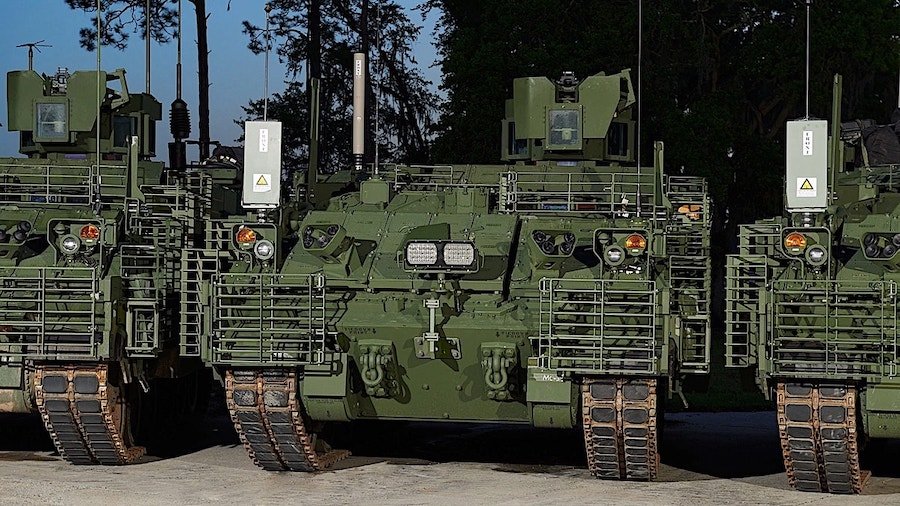$754 Million Worth of Brand New Armored Vehicles Coming to Kick Vietnam-Era APC Out

Back then, it was considered one of the most potent machines of its kind, and its deployment in recent history's most important conflicts (Vietnam, the Yom Kippur War, and the Lebanese Civil War, just to name a few) only helped cement that perception of the vehicle.
For all its merits during the past decades, the M113 has one major problem: it is still being used. That wouldn't be a problem in itself but since the Vietnam War the world has evolved greatly, and with it so did warfare. The M113, however, stayed put, making it more or less obsolete on today's battlefields.
That's why, about a decade ago, the U.S. Army decided to replace it. The military branch gave British defense company BAE Systems the contract for the development of such a replacement and officially opted to go for the European platform last summer.
BAE Systems' idea of a replacement for the M113 is simply called Armored Multi-Purpose Vehicle (AMPV). We've talked about it before here on autoevolution, and now we have reason to do that again.
The AMPV is not a vehicle, but a family of vehicles with various uses built on the same platform. There are five versions currently doing the rounds: General Purpose, Mortar Carrier, Mission Command, Medical Treatment and Medical Evacuation.
The U.S. Army wants them all, and to make sure it gets them, it just handed BAE Systems a second contract worth a total of $754 million. That's almost as much as the initial contract, which was valued at $797 million.
The money is there to cover AMPV full-rate production between March 2026 and February 2027, but neither of the parties involved says anything about how many new vehicles the sum translates into.
It's also not clear what variants of the AMPV the contract covers. Although there are five main machines in this family, the modular design of the vehicle allows for a lot more configurations.
We've seen over the past few months a drone-fighting AMPV, but also one equipped with a remote-controlled mortar system that can fire 120 mm rounds. They call this one AMPV Turreted Mortar vehicle, it complements the existing Mortar Carrier version, and it is already undergoing testing at the hands of American soldiers.
BAE Systems also promises the hull of the AMPV will be able to accommodate gear for future mission roles as well, including by integrating next-gen tech.
Whatever the final lineup of AMPV vehicles in the Army's hands will look like, the majority of them will be fielded by Armored Brigade Combat Teams (ABCT), the backbone of the deployable armored units of America's military.
Related News
